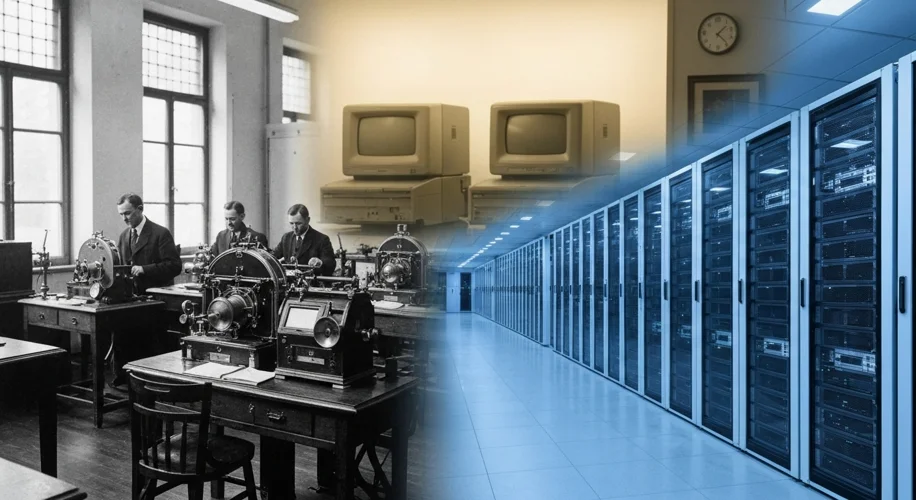Hello everyone, Eleanor here.
Today, I want to talk about a recent development that really caught my eye – the confirmation that Nvidia and AMD will be contributing 15% of their China chip revenue to the U.S. government. This news, dated August 12, 2025, brings to mind many historical instances where governments have stepped in to shape the flow of technology and trade. It’s a fascinating intersection of our modern digital world and age-old economic strategies.
As an archivist, I’ve spent my career sifting through documents that trace the evolution of technology. What I often find is that while the specifics change – from telegraph wires to integrated circuits – the underlying dynamics between innovation, commerce, and national interests remain remarkably consistent.
Think back to the early days of telecommunications. Governments played a crucial role in establishing standards, funding infrastructure, and even nationalizing certain services. The idea was to ensure that these powerful new tools served national goals, whether for communication, defense, or economic growth. These weren’t always simple decisions, and they often involved balancing private enterprise with public good.
Then there’s the history of industrial automation. The push to mechanize factories and increase efficiency often involved government support, whether through research grants, trade policies, or even direct investment. The goal was to boost national productivity and maintain a competitive edge on the global stage. We see this pattern repeated across different eras and different technologies.
What strikes me about the current situation with semiconductor companies and their dealings in China is how it echoes these past interventions. The chips produced today are far more complex than the early mechanical calculators or vacuum tubes I’ve worked with, but the fundamental question of who controls access to critical technology, and under what terms, is a recurring theme.
Governments have historically used various mechanisms to influence technological trade. This can include tariffs, export controls, subsidies, and, as we’re seeing now, direct revenue sharing agreements. These actions are often framed in terms of national security, economic competitiveness, or ensuring fair trade practices. The intention is usually to direct the benefits of technological advancement in a way that serves the nation’s broader interests.
Looking at the historical documents, you can see how these policies, while sometimes controversial at the time, often shaped the trajectory of innovation and international relations. They highlight a persistent reality: technology doesn’t develop in a vacuum. It’s deeply intertwined with the political and economic landscape of its time.
So, while the specific technologies and the global players are modern, the underlying interplay between governments and the tech industry feels very familiar to me. It’s a reminder that understanding the present often requires looking back at the patterns established by those who came before us, who grappled with similar challenges as new technologies reshaped their world.
Until next time, keep exploring the past to understand the future.

